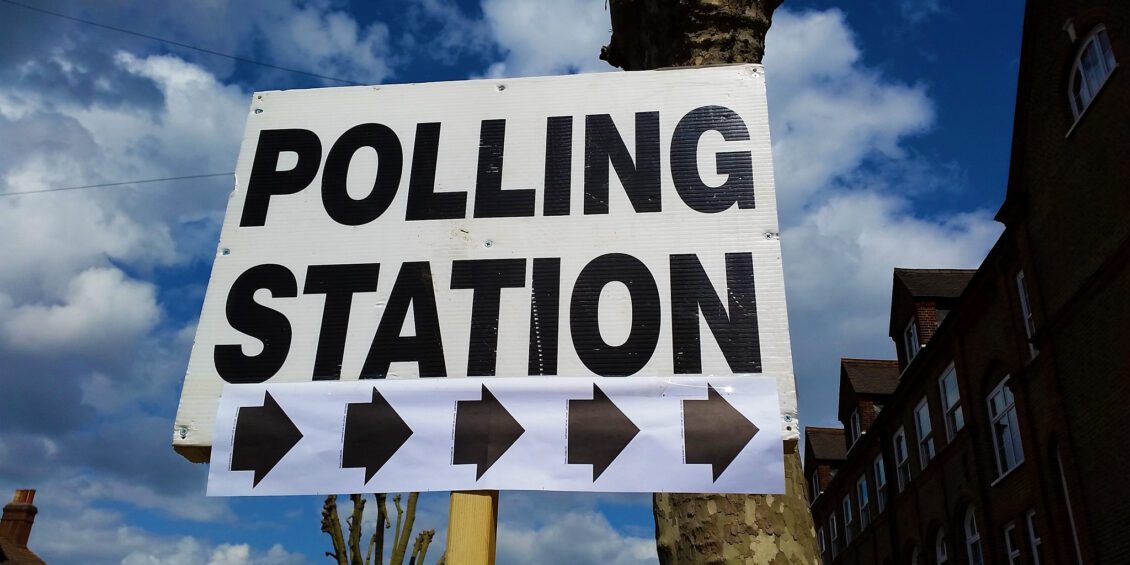
While we may have moved on from the limited voting rights of the 19th Century, in 1832 the Reform Act granted voting rights to men only if they were freeholders of property and over the age of 21 (women didn’t get full voting rights until 1928) we are very shortly about to see a significant change in how we vote at polling stations across the country.
This blog provides links to register to vote at your current address, sets out the different ways to vote, gives details on the new Voter ID requirement when you vote at a polling station and what to do if you do not currently have the required identification.
The first elections the new voter ID requirements will affect are the local council elections on 4th May 2023.
How to register to Vote
You only need to register once at a given address, but if you move home you will have to register again at your new address otherwise you will not be able to vote. The online form should take no more than five minutes, you will need your National Insurance number to hand.
To register to vote, stick the kettle on and click on this link.
If you don’t want to fill in a form online, you can register to vote (this is not voting by post) by filling out a paper form which you can print from here.
Voting as a Student
Students can register at both their home address and their term-time address. You can vote at both addresses in local council elections and Police and Crime Commissioner elections, provided the addresses are in different council areas.
In a UK Parliament Election (a general or by-election) a UK referendum (such as the Brexit vote) or London Assembly/London Mayoral Elections you can only vote at one address.
More details on student voting here.
In England, you can vote from the age of 18. In more enlightened countries such as Scotland or Wales, you can vote in some elections from 16+.
Applying for a postal vote
You can apply to vote by post. You will need to send a completed paper form to your local Electoral Registration Office. The link to print off a postal vote application is here.
You do not need to provide photo ID to vote by post.
Applying for a proxy vote
If you can’t vote in person you can in certain circumstances get someone else to vote for you. These circumstances include if you are in the armed forces if you are living overseas or have a disability. I have included the link for if you have a disability.
What are the upcoming changes to how you vote?
From 4th May 2023, you will need to provide photographic ID when you attend a polling station in England to cast your vote in local elections and parliamentary by-elections in England and Wales. From October 2023 this will extend to voting in General Elections in England, Scotland and Wales. The list of acceptable ID you need to show at the polling station is below.
International travel
- Passport issued by the UK, any of the Channel Islands, the Isle of Man, a British Overseas Territory, an EEA state or a Commonwealth country
Driving and Parking
- Driving licence issued by the UK, any of the Channel Islands, the Isle of Man, or an EEA state (this includes a provisional driving licence)
- A Blue Badge
Local travel
- Older Person’s Bus Pass
- Disabled Person’s Bus Pass
- Oyster 60+ Card
- Freedom Pass
- Scottish National Entitlement Card
- 60 and Over Welsh Concessionary Travel Card
- Disabled Person’s Welsh Concessionary Travel Card
- Senior SmartPass issued in Northern Ireland
- Registered Blind SmartPass or Blind Person’s SmartPass issued in Northern Ireland
- War Disablement SmartPass issued in Northern Ireland
- 60+ SmartPass issued in Northern Ireland
- Half Fare SmartPass issued in Northern Ireland
Proof of age
- Identity card bearing the Proof of Age Standards Scheme hologram (a PASS card) You can apply for a PASS card here (cost £15).
Other government-issued documents
- Biometric immigration document
- Ministry of Defence Form 90 (Defence Identity Card)
- National identity card issued by an EEA state
- Electoral Identity Card issued in Northern Ireland
- Voter Authority Certificate
- Anonymous Elector’s Document
You will only need to show one form of photo ID. It needs to be the original version and not a photocopy.
What if my photo ID is out of date?
You can still use your photo ID if it’s out of date, as long as it looks like you. The name on your ID should be the same name you used to register to vote.
What if I don’t have an accepted form of ID?
You can apply free of charge for a Voter Authority Certificate by clicking here. You will need a recent digital photo of yourself and your National Insurance number.
More details about the voter authority certificate can be found here.
How can I check if I’m registered to vote?
Contact your local Electoral Registration Office. You can find out where yours is by entering your postcode at this link.
The above information has been sourced from the Electoral Commission as well as the government’s gov.uk website.
My personal view is that the voter ID requirement is a solution to a problem that doesn’t exist so the motives behind the change are highly suspect.
You can read about the Local Government Association’s concerns about the timetable of the implementation of Voter ID here.
You can read the House of Commons Library research paper on how Voter ID came to be introduced in the UK, along with case studies of ID schemes in Northern Ireland and Canada here.
Julian Vaughan
This article was originally published on Julian’s website on 20th January 2023